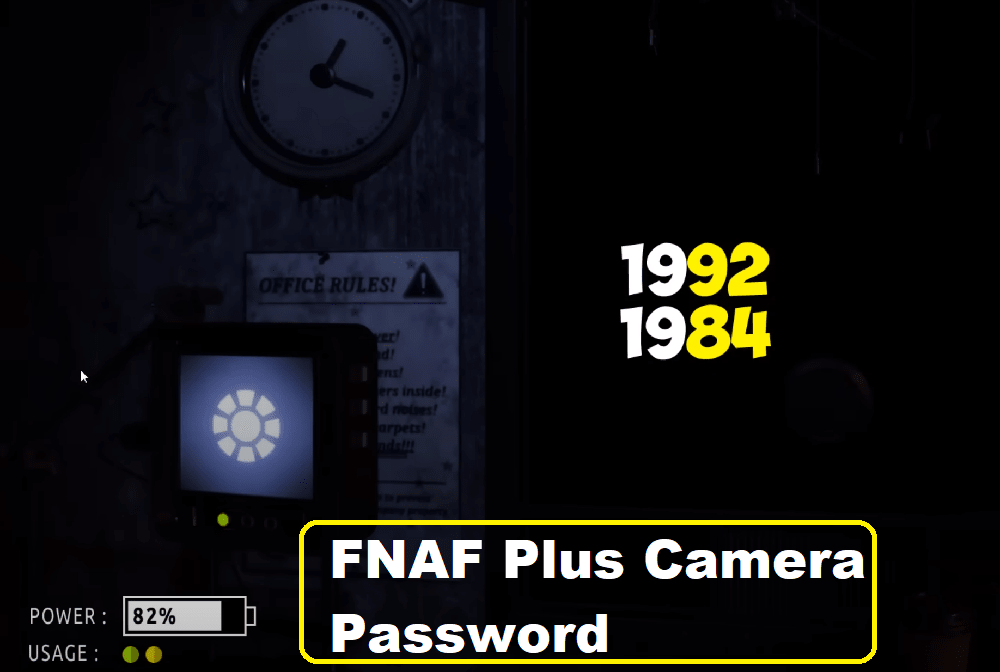How to Suggest Improvements to DeepSeek (And Get Heard): A Step-by-Step Guide
Businesses and individuals rely on tools like DeepSeek to streamline workflows, analyze data, and drive productivity. But even the best platforms have room for improvement. If you’ve ever thought, “DeepSeek could be better if it just had [X feature],” you’re not alone.
The challenge? Getting your suggestions noticed—and implemented. This guide explains how to suggest improvements to DeepSeek effectively and ensures your voice is heard by its developers.
Why Your DeepSeek Feedback Matters
User feedback shapes the future of software. Companies like DeepSeek rely on insights from real users to:
- Fix bugs and usability issues.
- Prioritize feature updates.
- Stay competitive in a fast-evolving market.
However, poorly framed or generic suggestions often get lost in the noise. Follow these strategies to craft feedback that stands out.
1. Understand Why Suggestions Get Ignored
Before submitting ideas, know the common pitfalls that lead to rejection:
- Vague Requests: “Improve the interface” lacks actionable details.
- No Evidence: Failing to explain why a change matters.
- Wrong Channels: Sharing feedback where developers won’t see it.
- Ignoring Priorities: Suggesting niche features over widely needed ones.
Solution: Structure your feedback to address these gaps.
2. Research Existing Features and Roadmaps
Problem: Suggesting a feature that already exists (or is in development) wastes time.
How to Fix:
- Check Release Notes: Review DeepSeek’s blog or update logs for recent changes.
- Explore Settings: Test beta features or hidden tools.
- Follow Official Channels: Join DeepSeek’s newsletter, social media, or community forums to track their roadmap.
Pro Tip: Use phrases like “Could DeepSeek add [X] similar to [Competitor Tool]?” to highlight gaps.
3. Craft a Clear, Actionable Suggestion
Developers need specifics to act. Use this framework:
A. Describe the Problem
- Example:
“Exporting custom reports to PDF breaks formatting, forcing manual adjustments.”
B. Propose a Solution
- Example:
“Add a ‘Preserve Layout’ toggle in the export settings to maintain table alignment.”
C. Explain the Impact
- Example:
“This would save our team 5+ hours monthly and reduce errors in client deliverables.”
D. Include Supporting Evidence
- Screenshots/Videos: Highlight bugs or UI issues.
- Data: Share metrics like time wasted or user complaints from your team.
- Use Cases: Explain how different industries or roles would benefit.
Template:
“As a [role], I need [feature/change] to solve [problem]. This would help [explain benefit], especially for [use case]. Here’s an example: [screenshot/data].”
4. Choose the Right Channels to Submit Feedback
Not all platforms are equal. Prioritize these official avenues:
A. In-App Feedback Forms
- Where: Look for a “Send Feedback” button in settings or help menus.
- Why: Directly routes suggestions to DeepSeek’s product team.
B. Community Forums
- Where: DeepSeek’s User Forum, Reddit, or LinkedIn groups.
- Why: Public posts gain traction if others upvote or comment.
C. Support Tickets
- Where: Submit via DeepSeek’s help desk or email support.
- Why: Guarantees a response, even if it’s a “Thank you, we’ll review this.”
D. Social Media
- Where: Tag @DeepSeek on Twitter/X, LinkedIn, or Instagram.
- Why: Public visibility pressures teams to respond quickly.
Pro Tip: For complex suggestions, submit via multiple channels (e.g., forum + support ticket).
5. Build Community Support
Developers prioritize ideas with broad demand. Amplify your suggestion:
- Share on Forums: Post in DeepSeek’s community with a poll (e.g., “Who else needs this?”).
- Collaborate: Partner with users in similar industries to co-sign requests.
- Leverage Case Studies: Publish a blog or video showcasing the problem and tag DeepSeek.
Example: A UX designer created a viral LinkedIn post about a missing accessibility feature, leading to its inclusion in the next update.
6. Follow Up Politely (But Persistently)
Problem: Teams receive hundreds of requests daily. Yours might get buried.
Solution:
- Wait 2-4 Weeks: Allow time for review.
- Send a Gentle Reminder:
“Hi Team, I submitted a suggestion about [topic] on 2025. Could you share an update?” - Highlight Momentum: Mention upvotes, forum replies, or social shares to show demand.
Avoid: Spamming—this can get your feedback flagged as low-priority.
7. Understand Development Realities
Even great ideas face hurdles. DeepSeek may delay or decline your request due to:
- Technical Complexity: The fix might require rebuilding core features.
- Resource Limits: Smaller teams prioritize high-impact updates.
- Strategic Misalignment: The suggestion doesn’t fit their long-term vision.
How to Respond:
- Ask for clarification: “Can you share why this isn’t feasible yet?”
- Propose alternatives: “Could a third-party integration solve this temporarily?”
- Stay engaged: “I’d love to beta-test if this feature is added later!”
8. Celebrate Wins—and Learn from Losses
- If Implemented: Publicly thank the team (e.g., social media shoutout). This strengthens your credibility for future suggestions.
- If Rejected: Request feedback on how to refine your pitch or explore workarounds.
FAQs
Q1. How long does DeepSeek take to implement suggestions?
- Minor fixes: Weeks to months. Major features: 6+ months, depending on their roadmap.
Q2. Can I request paid customizations?
- Enterprise users often get priority. Contact sales to discuss bespoke solutions.
Q3. What if my idea is copied by a competitor?
- Submit a patent or NDA-protected proposal via DeepSeek’s legal/business development team.
Conclusion
Suggesting improvements to DeepSeek isn’t just about complaining—it’s about collaborating to build a better tool. By researching thoroughly, framing ideas persuasively, and leveraging community support, you can turn your feedback into action. Stay persistent, stay polite, and remember: Even if your idea isn’t adopted today, it might inspire future innovations.
Read This: How to customize deepseek for your business


![[Live]How To Get Disco & Selfie Stamp Google Pay offer(New Trick)](https://www.freetricksworld.com/wp-content/uploads/2019/12/how-to-get-disco-selfie-stamp.jpg)


